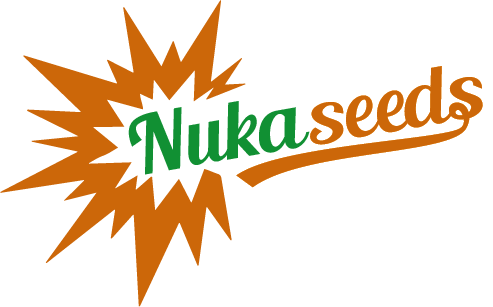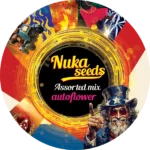English
When you are smoking marijuana, it burns to produce a smoke stream that contains everything you want – activated THC, CBD, other cannabinoids and terpenes – and a lot of things you don’t want, such as hot smoke, tar and fine particles, also known as ash. Can such smoke be made less harmful by bongs?
Smoking marijuana from a bong eliminates harmful substances

The bong, also called a water pipe, immediately cools the smoke by passing it through bong, resulting in a smoother cigarette. The water also filters out any ash that might be blown into your mouth or airways. There is also some filtration of tar that occurs. This is why the water ends up being a sickly brown colour.
Tar is a catch-all term for the hundreds of unpleasant compounds produced by burning marijuana. Apart from nicotine, cannabis smoke is qualitatively similar to tobacco smoke, with many polycyclic aromatic hydrocarbons (PAHs) that you don’t want in your lungs. There is epidemiological evidence that tobacco smokers who use a bong have a much lower incidence of cancer than those who smoke cigarettes or ordinary pipes. So it is clear that there is good filtration going on. (Smoking too much can damage the lungs in many ways, but despite decades of looking for it, researchers have never found a link between cannabis use and lung cancer – a story for another day.)
But there’s a big debate about whether bongs actually filter effectively. Studies in California have shown that bongs filter out more water-soluble psychoactive cannabinoids than tar and polycarbons, which means the user has to smoke more weed to get an effective high, because the tar-to-cannabinoid ratio is now more skewed toward tar. No one knows exactly how much cannabinoid filtration occurs, however. Those familiar with and working in cannabis extractions know that water, as a polar solvent, does not do a good job of dissolving cannabinoids, terpenes or waxes. That’s why manufacturers of homebrew concentrates use non-polar solvents like butane, not water, as a solvent.
Are there studies on smoking marijuana from a bong?
Very few studies have been done on cannabis and bongs, and those studies have turned up curious data.They wanted to test the effectiveness of bongs, joints, and vaporizers. They found that unfiltered joints actually outperformed the bong — by quite a lot. The bong, they reported, “produced 30% more tar per cannabinoids than the unfiltered joint.” The vaporizer — at the time, one of the earliest on the market — vastly outperformed them all, delivering far more cannabinoids per unit of tar.
One problem was that the researchers were forced to use low-quality marijuana supplied by the National Institute on Drug Abuse, with a THC content of 2.3%(Today’s legal cannabis typically ranges between 15 to 25 percent THC) . This small detail is important because it forces users to burn more marijuana – and inhale more unwanted by-products – to get the desired level of cannabinoids intake.
Also in the mid-1990s, University of Wisconsin pharmacologist Nicholas V. Cozzi penned a literature review of bong pipes studies, mostly from the 1960s and 1970s. He found that the devices can be effective in removing components from marijuana smoke that are known toxicants, while allowing the THC to pass through relatively intact. The contradictory results were confusing to say the least and pointed to the need for further study. Unfortunately, there have been no further studies of bongs. Instead, researchers focused on studies of vaporizers as a healthier way to dose marijuana. In the meantime, Gieringer had one piece of advice for those seeking a healthier form of consumption:
“The easiest way for most smokers to avoid harmful toxins from smoke is to simply smoke stronger marijuana.”
Related articles :
Published by Sakul
07/03/2023choose and buy cannabis seeds from our offer
our pleasure


























